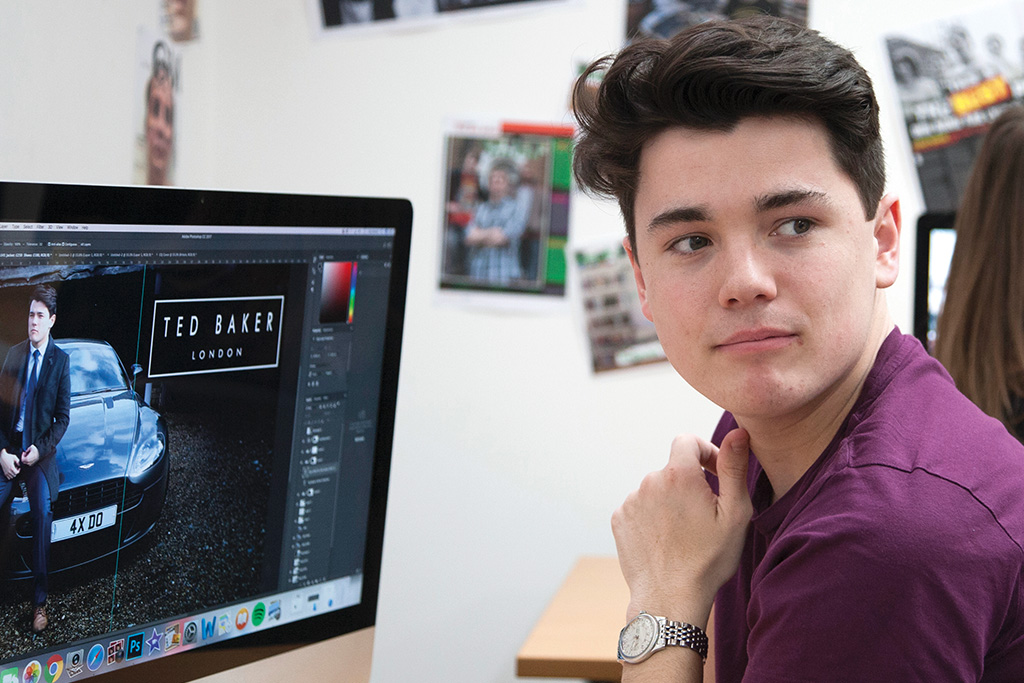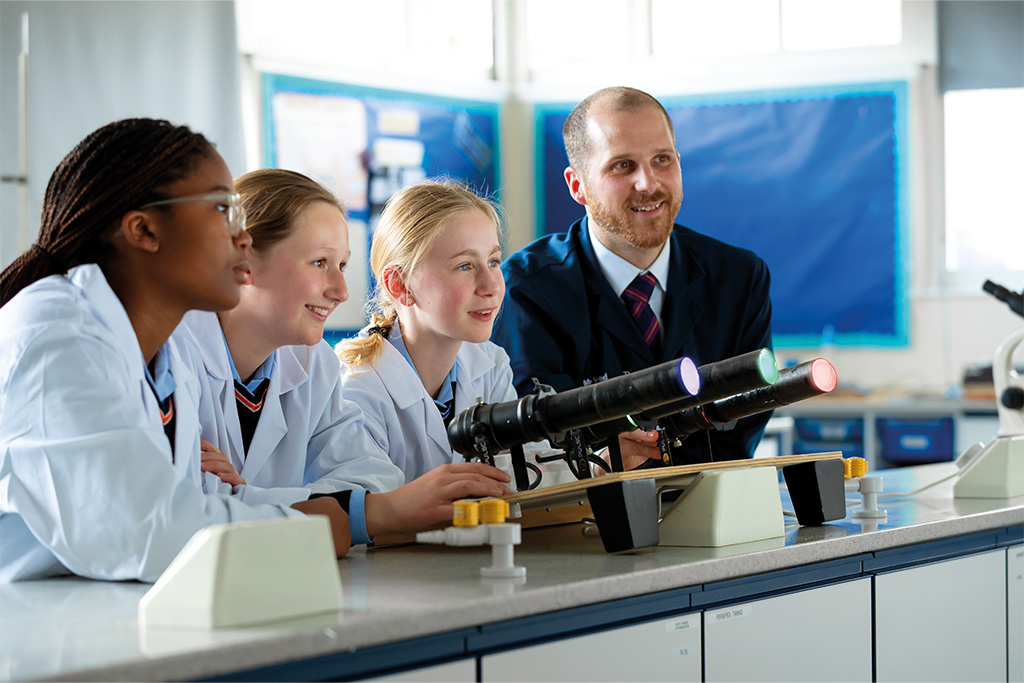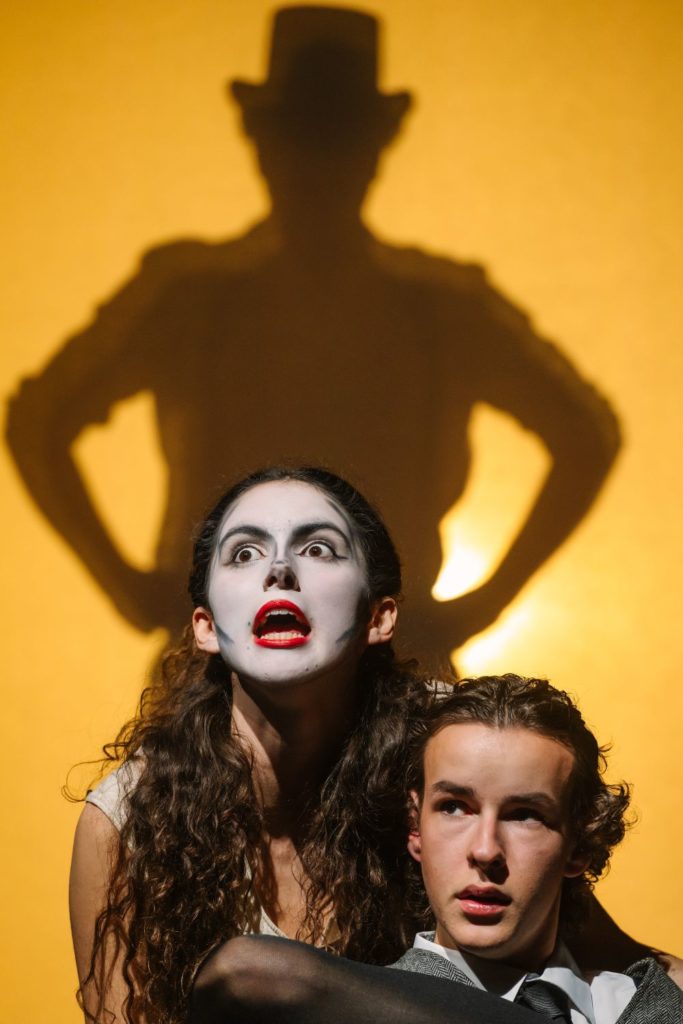Social Skills
By
3 years ago

In the fast-moving online world, schools are working quickly to find innovative ways to teach safety, good practice and social media skills, finds Victoria Lambert

For our Neo-digital Natives – also known as Generation Z, those young people born between 1995 and 2012 – connecting to the outside world inevitably happens via social media. According to a 2018 Pew Research Center survey in the US of nearly 750 13 to 17-year-olds, 45 per cent are online almost constantly and 97 per cent use a social media platform, such as YouTube, Facebook, Instagram or Snapchat.
Parents can fret about overuse and online safety but we know for ourselves that navigating love, friendship, work and entertainment without apps and digital connections is already impossible.
Yet, the dangers are also highly visible. A 2019 study of more than 12,000 English 13 to 16-year-olds found that using social media more than three times a day predicted poor mental health and well-being in teens. Other studies link greater social media use to higher levels of anxiety, depression and poor sleep.
At this year’s Hay Festival, Dame Jacqueline Wilson warned that sites like TikTok were affecting children’s attention span, too. ‘I think children are so used to watching things they like to watch,’ said Wilson, ‘and if they’re at all bored they will flick to something else. I am a firm believer that you’ve got to develop reading stamina and sometimes reading isn’t just instant gratification.’

So what are schools doing to improve awareness of what is good and bad about social media to their students?
At Rochester Independent College (RIC) in Kent, education about social media is delivered through PSHE lessons to all year groups as well as talks and workshops from visiting speakers on everything from staying safe when playing online games to the dangers of misinformation and fake news. The school also takes part in the annual Safer Internet Day – co-ordinated by the UK Safer Internet Centre.
Principal Alistair Brownlow says the key is engagement and ownership: ‘We ensure all of our Year 7s are engaged in good social media practice by training them up as Childnet Digital Leaders,’ says Brownlow, ‘so they are able to feel more confident as well as have the skills to produce assemblies, short films, etc about online safety for the rest of school as well as parents.
‘Our students themselves are playing a key role in embedding a comprehensive approach to online safety in the community.’
At St Dunstan’s College in London, teaching about social media and other online risks is woven throughout the curriculum, says Jade McLellan, Deputy Head Pastoral, such that any pertinent issues such as kindness/unkindness are addressed from an IRL (in real life) and an online perspective. ‘This occurs particularly through our innovative Stuart curriculum,’ says McLellan, ‘which offers timetabled lessons to all ages on critical thinking/rhetoric, sex and relationships and skills for the future.
Pupils may be looking at fake news and social media influence over voting patterns in critical thinking or the risks of being coerced to send nudes in sex and relationships. We also bring in external experts who are senior figures in this area and are up to date with the latest developments both nationally and internationally.’
Both schools demonstrate the need to handle different ages in different ways. ‘RIC’s youngest students are 11, our oldest are sixth formers – sometimes as old as 19 or 20,’ says Brownlow. ‘Clearly the social media climate and the dangers are different for those starting secondary school to young adults leaving for university or careers.
‘As an international school, we have students from 30 different countries in residence so we also have to be alert to the different social media trends our global community may be exposed to.’

McLellan agrees: ‘We design a spiral curriculum so that children are introduced to online risks in an age-appropriate way. We have noticed over the years that an increased number of our younger pupils are given access to social media so we often teach about risks at an age far lower than the age rating for social media platforms.’
In a rapidly changing scene, it is teachers who need to be educated too, if they are not to get left behind. At St Mary’s Calne, an online safety group is chaired by the deputy head pastoral and its members attend conferences and disseminate relevant resources. ‘As a school we subscribe to National Online Safety,’ says Tim Waldron, head of personal development, ‘as we find that the available resources are timely and relevant. Teachers discuss a selection of resources in year group meetings which can help to generate conversations in weekly one-to-one tutorials with the pupils. We also place a selection of relevant materials on our parent portal to help inform parents of current issues in social media.’
Staff at Felsted School, Essex, are also encouraged to attend in-person and virtual conferences as part of their professional development. The school runs internal boot-camps with Georgina Dean, the director of digital strategy and makes available self-paced courses, such as Google Certified Educator Courses, for all staff to take up.
Dean adds: ‘We have a communications plan for staff briefings which includes a regular set of creative resources for digital development and staff are encouraged to network with other schools to share best practice for HyFlex Learning (a combination of remote and in-person teaching and learning).’

RIC has a dedicated and trained teacher – Mark Young, as CEOP (Child Exploitation and Online Protection) Education Ambassador at the College, who is ‘essential to keep abreast of the potential dangers of online life’, says Brownlow.
‘Of course our students are in some ways our greatest resource,’ he adds. ‘Keeping dialogue open and trust levels high mean that we can respond quickly if something is troubling them.’
One of his own worries is the popularisation of social media as a primary source of news.
‘What is posted on TikTok, Instagram and other sites,’ Brownlow warns, ‘is shaping young people’s views of politics and world affairs. Social media can be a wild west of misinformation with a dangerous amount of fake news circulating in the virtual ether among the dancing cat memes.’
Following the invasion of Ukraine, the school invited Dr Jon Roozenbeek, a fellow at Cambridge University, who has published widely on the use of misinformation and propaganda on social media in Ukraine and Russia to speak. ‘Our students were really engaged by his explanation of how information warfare is working right now and how social media is being weaponised in the region, providing a hotbed of unverified information.
‘Issues like these are perhaps just as crucial for schools to address and educate about as things like staying safe on the internet. We have a responsibility to help students learn how to be critically sceptical consumers of the news and information served by their social feeds and distinguish fact from fiction online.’
At Sidcot School in Somerset, there is a similar attitude: Director of Development Sarah Simms explains that, ‘a key concern is to ensure that students come to their social media use with a certain amount of scepticism, and understand the possibility that any persona that they encounter (whether in pictures, or in chat) may not be what is presented to them.’
Jade McLellan warns that looming ahead is the introduction of the metaverse which, although in its infancy, is already becoming a ‘vector’ for abusive behaviour. And to that, adds: ‘The number of children across the UK receiving unsolicited explicit images is entirely unacceptable and is a form of child-on-child abuse that seems to be flying below the radar in terms of political response.’
That is something that concerns Tim Waldron at St Mary’s Calne, too. ‘Our concerns are mostly around platforms that have unregulated forms of communication such as chat roulette sites that incorporate video calls. The open and often anonymous nature of these sites means that students can involuntarily be exposed to inappropriate material or communication from other users.
‘This can also come through platforms that stream content which is not sufficiently monitored by the platform, therefore exposing students to extreme or harmful content.’
Overall, however, Waldron is positive: ‘As a school we are able to talk openly about these platforms and encourage students to provide their own evaluation of the risks or benefits. Encouraging students to self-reflect and provide their own analysis means that they are more likely to act on the suggestions that are made.’

McLellan says St Dunstan’s biggest success is ‘that we respond to our pupils based on where they are with their knowledge, rather than where we might wish them to be. This can lead to some challenging conversations; for example speaking to Year 5 (and their parents) about TikTok or working with Year 12 on violent portrayals of sex online and how this should not be reflective of their own fledgling relationships.
‘You need to be willing to have no-holds-barred conversations with teenagers to build trust and this has required significant upskilling of our own teaching team so they feel confident to hold these discussions.’
At Sidcot, staff are happy that they have engaged parents around some of the key issues to ensure they are aware and involved. Meanwhile, Alistair Brownlow is pleased that RIC’s students show a well-rounded confidence around social media and the skills to react when things go wrong. ‘It’s important the messaging around it isn’t completely dystopian and apocalyptic and that we utilise some of the exciting possibilities afforded by new technologies.’
Can we rely on internet companies themselves to step up? ‘The tech giants do have an obligation to society,’ says Sarah Simm, ‘not least because of the amount of data they hold on our lives. The most pressing area of responsibility is in ensuring that the AI algorithms do not promote radicalisation or exacerbate serious mental health issues. There have been promising movements towards this in monitoring fake accounts, but of course there is more to be done.
Waldron agrees: ‘The companies that create and provide access to different platforms must ensure that they have regulations and safeguards in place to ensure privacy and safety. An area of concern is how there is often little transparency or clarity about how users can manage their usage and improve their privacy. These strategies should be directly taught as an introduction to the platform as part of becoming a user. It is vital that the Online Safety Bill addresses the need for tech companies to take responsibility and forces them to make online safety their number one priority.’
Perhaps the most important lesson is one we can all learn, courtesy of Georgina Dean at Felsted. Dean suggests exploring questions such as ‘How do we be kind online?’, ‘How do we protect ourselves?’ and – crucially, for parent, student or teacher – ‘How do you maintain a positive digital footprint?’
See the online listings for the schools mentioned here: Felsted School, St Mary’s Calne, Sidcot School, St Dunstan’s College



